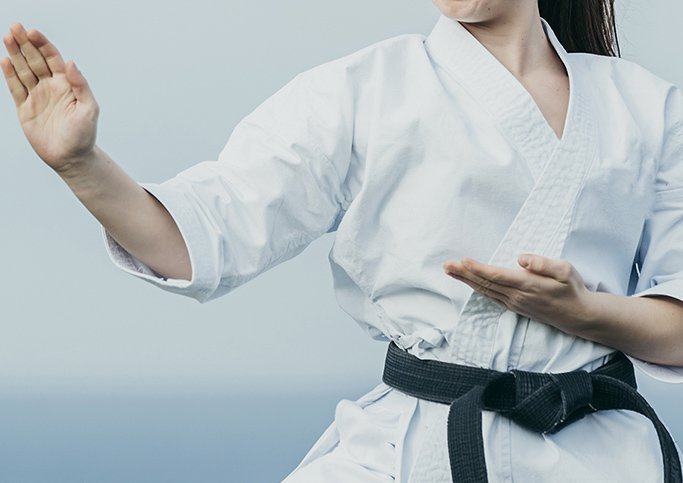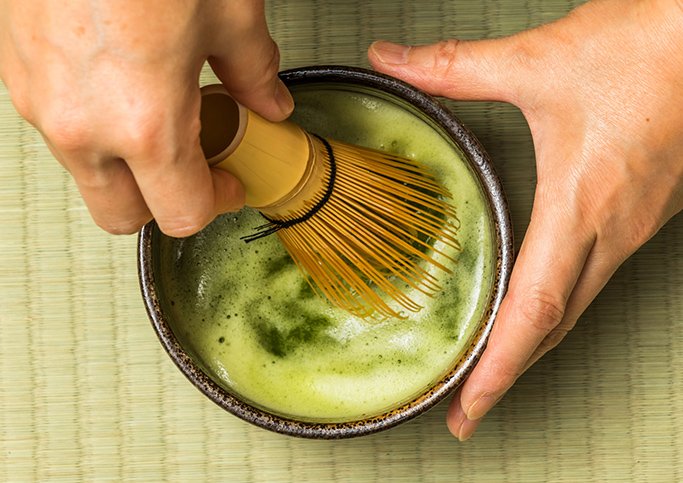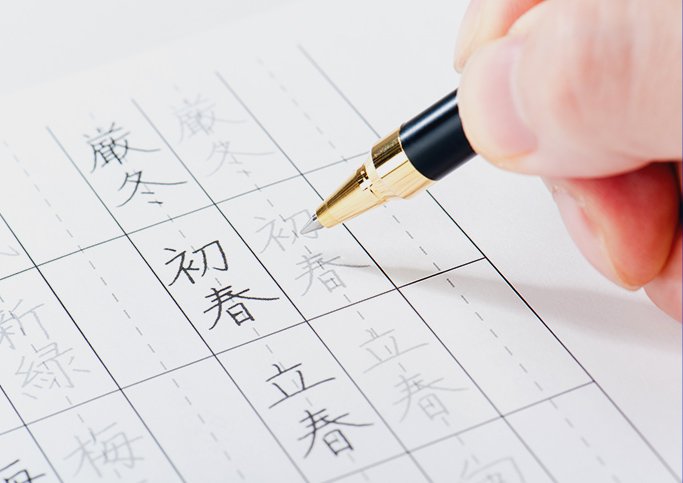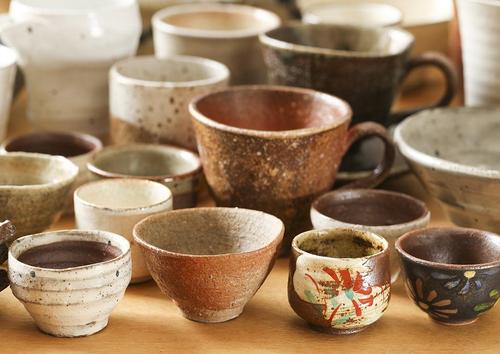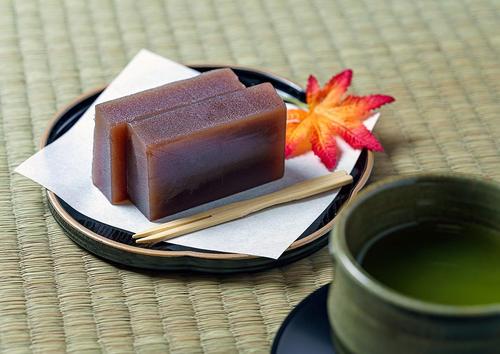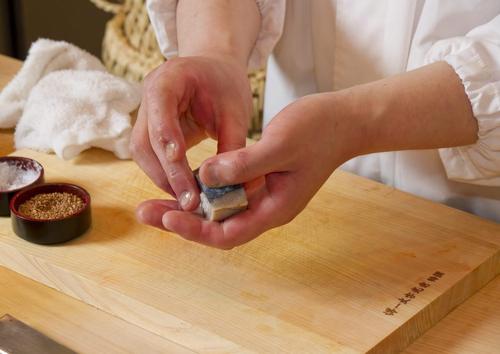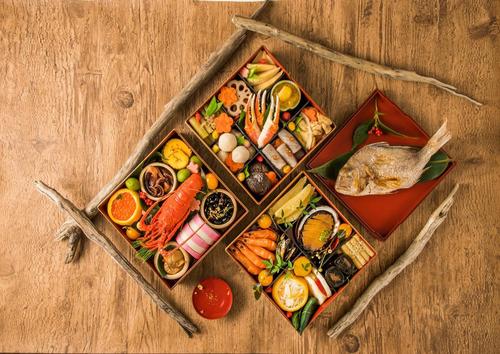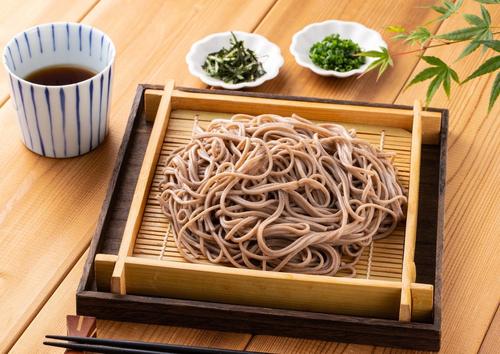
taste
"Japanese food" is registered as an intangible cultural heritage of UNESCO and is highly evaluated worldwide as a healthy food. Many people overseas are also very interested in Japanese food. A good understanding of Japanese food will help you avoid panic when asked or asked for your opinion.
Here, I will explain about Japanese food, which is a traditional Japanese food culture.
Make sure you understand the types and characteristics of Japanese food in case of emergency.
What kind of Japanese food is there?

There are several types of Japanese food in a bite. First of all, I will introduce the four basics.
Large-scale cuisine prepared by a public house
In the Heian period, the Kuge cuisine was born to entertain guests.
Due to the great influence of China, all dishes are placed on one table, and the number of dishes is even.
Buddhist cuisine spread by Zen Buddhist monks
Buddhist cuisine is a dish that uses only vegetable foods such as vegetables, beans, grains, and seaweed. It is based on the religious view that Zen Buddhist monks learned in China during the Heian and Kamakura periods.
From the teaching that prohibits killing, it seems that there is also a meaning of Zen Buddhism training called rough eating instead of eating meat.
It can be said that this vegetarian dish, which was created by trial and error for protein intake, has been developed by the various processing techniques of soybeans that are still inherited.
Samurai hospitality Honzen-ryori
Honzen-ryori, which was born in the Muromachi period for samurai to entertain guests, was created by incorporating the techniques of shōjin ryō into the ceremonial elements and hospitality of Daigyo cuisine.
It can be said that the prototype of Japanese cuisine is that each dish is served on a table in one seat.
In front of the cooking section, there is a sake section called Shikisansen, and after that, sake is served in the cooking section.
Honzen-ryori is originally a dish with a very strict manner and a strong ritual element.
It is often performed while watching Noh and Kyogen, and it seems that it was not uncommon for it to continue all night.
Honzen-ryori became obsolete after the Meiji era, and the style of the Muromachi period is no longer seen in modern times.
Have you ever seen a Sengoku warrior having a banquet while enjoying Noh and Kyogen in movies and dramas? That banquet is the main dish.
Sen no Rikyu's commitment is kaiseki cuisine
Kaiseki cuisine was born in the Azuchi-Momoyama period, and is a light meal before drinking tea at the tea ceremony.
Served from rice and soup, and finally sweets. It is served one plate at a time and is held by at most five people.
Sen no Rikyu, who valued wabi-sabi, began by removing the elements of the banquet from the tea ceremony that had been used up until then.
Characteristics of Japanese food
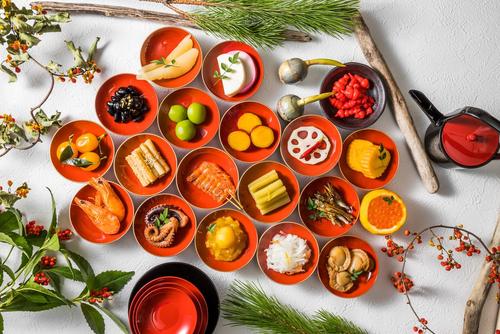
Next, let's check the characteristics unique to Japanese food that we would like foreigners to know.
[Do you care about Japan? Would you like to learn Japanese together? ]
Cooking that makes the most of diverse and fresh ingredients and ingredients
Japan has four seasons, the land is blessed with the sea and mountains from north to south, and it is possible to harvest ingredients that match the topography and climate in each region, and cooking utensils and cooking methods that make use of the ingredients according to the ingredients have developed very much. I am.
A major feature is the variety of fermented foods such as miso, soy sauce, natto, bran pickles, and sake.
Well-balanced and healthy diet
The culture of Japanese food is to make good use of the "umami" of dashi stock and not to consume excessive amounts of animal fats and oils.
Obesity is a very low percentage of developed countries, and it can be said that Japanese food culture is also related to making it the world's longest-lived country.
Expression of seasonal ingredients and the beauty of the four seasons
If you live in Japan, it's natural to enjoy the ingredients of the four seasons.
In addition to the ingredients, it is a culture unique to Japanese cuisine that you can decorate your dishes with seasonal leaves and flowers, and enjoy your meal while enjoying the season to your heart's content by using tableware and furnishings that match the season.
Relationship between annual events and cooking
Food culture in Japan is strongly linked to annual events.
You can enjoy Nanakusa-gayu for New Year dishes, bean sowing for Setsubun, and chirashizushi for peach festival.
Hanami dumplings in spring, Kashiwa mochi and chimaki for the Tango no Sekku, eels on the day of the Ox, and eels and botamochi on the equinoctial week.
Dumplings are used for viewing the moon, and Toshikoshi soba is used for New Year's Eve. In Japan, food and annual events are closely linked to create memories.
Japanese food is registered as a UNESCO Intangible Cultural Heritage
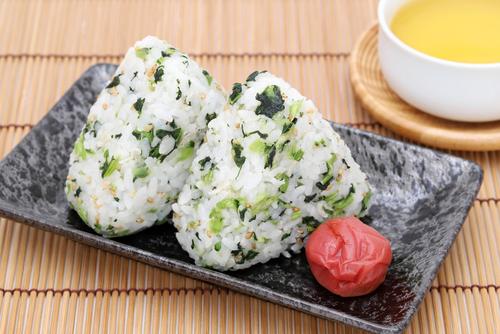
In 2013, "Japanese food" was registered as a UNESCO Intangible Cultural Heritage.
This is not for a specific item of Japanese food in Japan, but the registration of "Japanese food" was accepted as a culture of Japanese food as a whole that embodies the spirit and social customs of Japanese people who respect nature.
In modern Japan, the culture of Japanese food as mentioned in the previous section is fading.
If busy days continue, the number of days to take out and eat out will increase, and it may take time to take soup stock with kelp and dried bonito, so I feel that the number of Japanese foods appearing at home is decreasing. There should be many people.
It's nice to be convenient, but I also feel a little lonely.
UNESCO Intangible Cultural Heritage aims to protect and protect culture.
With the registration of Japanese food as a UNESCO Intangible Cultural Heritage, we Japanese may have to understand again that it is necessary to protect Japanese food culture.
[If you read the article, may you know the meaning of this KARUTA? ]
Summary
Japanese food has evolved with history, and the hospitality of public houses, "Daishoku", "Shojin-ryori" by Zen Buddhist monks, "Honzen-ryori", the hospitality of samurai, and "Kaiseki-ryori" of tea ceremony have been born.
Japanese food is characterized by a variety of ingredients and cooking that reflect the four seasons and territory of Japan. Well-balanced and healthy proves to be less obese and short-lived.
The beauty of Japanese food is that it expresses the beauty of the four seasons on the table. In addition, Japanese food is closely related to annual events such as New Year's and festivals.
In 2013, Japanese food was registered as a UNESCO Intangible Cultural Heritage. We must once again recognize the beauty of Japanese food and firmly protect this culture.
CATEGORIES
FEATURED TAGS
RECOMMENDATION
-
 報BUSINESS TERMS
報BUSINESS TERMSWhat is ”Ho-Ren-So”, one of the basic manners when working in Japan?
10/30/2020
-
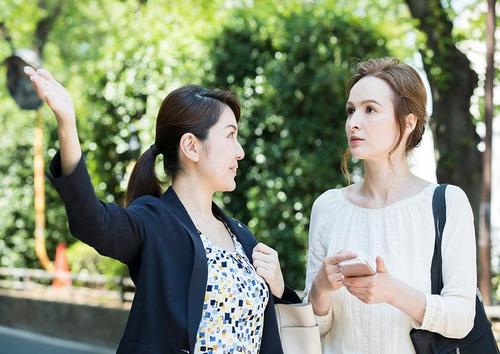 伝WORDS & GRAMMAR
伝WORDS & GRAMMARWhat is easy Japanese?
10/30/2020
-
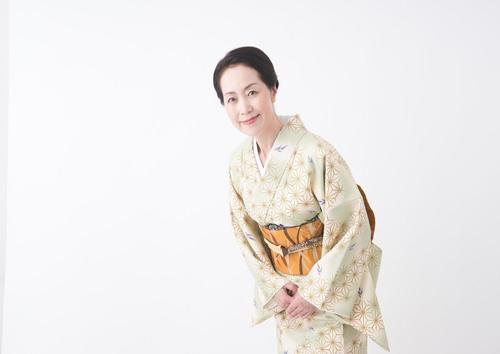 礼MANNERS
礼MANNERSJapanese greeting customs and origins. What are the greetings from other countries?
10/30/2020
-
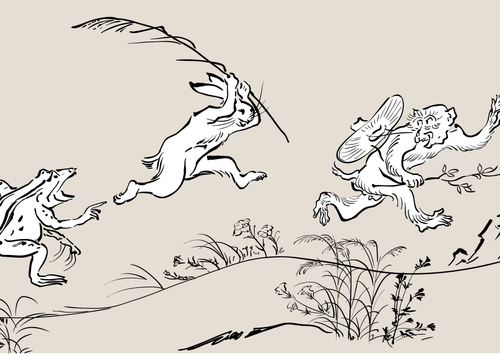 戯COMIC & GAME
戯COMIC & GAMEThe roots of animation and manga? Introducing bird and beast caricatures
10/30/2020
-
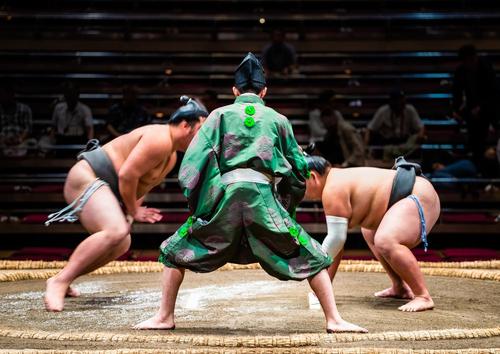 戦SPORTS
戦SPORTSThe history of sumo goes back to the mythical world! ?? Transition from myth to modern times
10/30/2020
LET’S PLAY
KARUTA!
Do you know the meaning of this...
NEXT...
FURTHER EXPLORATION
INTERESTED
IN JAPAN?
WHY DON’T YOU
LEARN JAPANESE WITH US?
START LEARNING
JAPANESE
WITH HUMAN ACADEMY!
ONE OF
THE MOST POPULAR
JAPANESE
LANGUAGE SCHOOLS
JAPANESE
LANGUAGE SCHOOL
OFFERING EXCELLENT
DETAILED LESSONS

ONLINE SCHOOL
- Learn with your classmates from all over the world
- Variety of Courses for All Needs
- FREE Trial Lesson available

TOKYO, OSAKA
- Offer the Best Curriculum for You
- Make New Japanese Learning Friends
- Many Opportunities to Practice Japanese
MAKE FURTHER
STEPS
WITH HUMAN ACADEMY!
ONE OF
THE MOST POPULAR
JAPANESE
LANGUAGE SCHOOLS
JAPANESE
LANGUAGE SCHOOL
PRODUCING MANY
JLPT N1 CERTIFIED
STUDENTS!

ONLINE SCHOOL
- Learn with your classmates from all over the world
- Variety of Courses for All Needs
- FREE Trial Lesson available

TOKYO, OSAKA
- Support Your Higher Goal of Japanese Learning
- Perfect Environment for Japanese Learners
- Learn with Your New Japanese Study Mates




